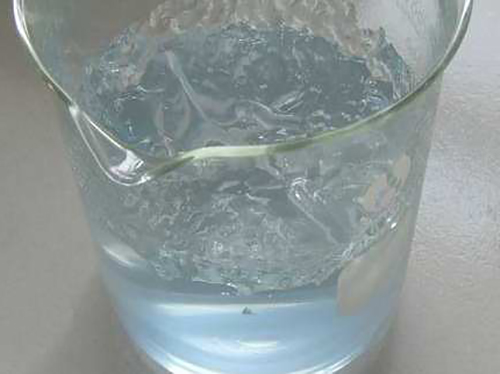Poly Aluminum Chloride Applications and Benefits in Water Treatment Processes
Understanding Poly Aluminum Chloride (PAC) An Essential Coagulant
Poly Aluminum Chloride (PAC) is a widely utilized coagulant in various water treatment processes, known for its effectiveness and efficiency in removing impurities from water. This compound, derived from inorganic aluminum salts, plays a crucial role in the treatment of drinking water, wastewater, and industrial effluents. Understanding PAC's characteristics, applications, and benefits can significantly enhance water treatment methodologies.
Composition and Properties
Poly Aluminum Chloride is a polymeric aluminum compound, which chemically contains both aluminum and chloride ions. Its structure can vary, leading to a range of formulations with different molecular weights and charge densities. The most common form of PAC is produced by the partial hydrolysis of aluminum chloride, a process that results in a product with higher molecular weight than traditional aluminum coagulants, such as aluminum sulfate.
One of the key properties of PAC is its high charge density, which contributes to its effectiveness in coagulation and flocculation processes. It forms larger and denser flocs that are easier to settle and remove from water, enhancing the clarity and quality of treated water.
Applications of PAC
1. Drinking Water Treatment PAC is predominantly used in the treatment of drinking water. It effectively removes suspended solids, organic matter, and pathogens, ensuring safety and compliance with health standards. Its ability to function effectively in a wide range of pH conditions sets it apart from other coagulants.
2. Wastewater Treatment In municipal and industrial wastewater treatment facilities, PAC aids in the removal of turbidity, color, and organic pollutants. Its application leads to improved effluent quality, enabling the safe discharge of treated water into natural bodies of water.
3. Paper and Pulp Industry PAC is also employed in the paper manufacturing process. It helps in pitch control and improves the quality of the paper by enhancing the retention of fibers and fillers.
4. Textile Industry The textile industry uses PAC in dyeing processes and to treat wastewater. It effectively removes excess dyes and improves the quality of effluent before discharge.
5. Food and Beverage Industry PAC can be applied in the clarification of beverages such as fruit juices and wines, ensuring that the final products meet clarity and quality standards.
poly aluminum chloride pac

Advantages of Using PAC
The benefits of utilizing PAC in water treatment processes are manifold
- Improved Water Quality PAC enhances the removal of a wide range of contaminants, resulting in clearer, safer water.
- Versatility Its effectiveness across different pH levels and its suitability for various applications make it a versatile choice for water treatment.
- Cost-Effectiveness PAC often requires lower dosages compared to traditional coagulants, leading to reduced overall costs in chemical procurement and handling.
- Reduced Sludge Volume The larger flocs formed by PAC lead to a more efficient sedimentation process, contributing to a reduction in the volume of sludge produced during treatment.
- Enhanced Performance in Cold Water PAC is effective even in colder water temperatures, making it a reliable option for year-round applications.
Conclusion
Poly Aluminum Chloride (PAC) is an indispensable coagulant in modern water treatment processes. Its ability to improve water quality, coupled with its versatility and cost-effectiveness, makes it an ideal choice for various industries. As water pollution continues to be a pressing issue globally, the adoption of advanced coagulants like PAC is essential to ensure safe and clean water for both consumption and industrial applications.
In conclusion, understanding the properties and applications of PAC can help industries optimize their water treatment processes, ultimately leading to better environmental outcomes and public health safety. As technology and research in water treatment continue to evolve, PAC remains a fundamental component, underscoring the importance of effective water management practices in our society.
-
Water Treatment with Flocculant Water TreatmentNewsJun.12,2025
-
Polymaleic AnhydrideNewsJun.12,2025
-
Polyaspartic AcidNewsJun.12,2025
-
Enhance Industrial Processes with IsothiazolinonesNewsJun.12,2025
-
Enhance Industrial Processes with PBTCA SolutionsNewsJun.12,2025
-
Dodecyldimethylbenzylammonium Chloride SolutionsNewsJun.12,2025





